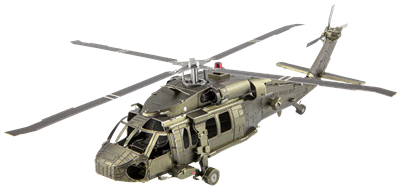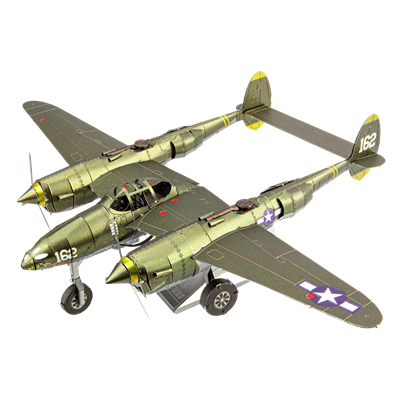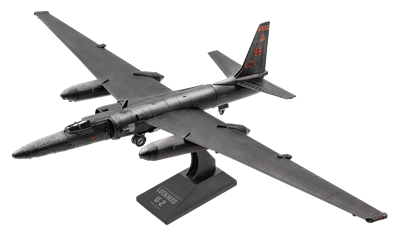Products tagged with 'aircrafts'

MMS461
Black Hawk®
Sikorsky® UH-60 Black Hawk® Since being introduced to the Army in 1979 this medium-lift, multi-role helicopter is now used in more than 28 countries world-wide. It has fought its way in and out of countless combat zones to deliver and extract troops, save lives, provide critical supplies and perform as an aerial firefighter and border patroller.
$0.00

MMS458
F-14 Tomcat™
The supersonic F-14 Tomcat is a twin-engine, variable-sweep wing fighter aircraft. It was developed for the US Navy to counter Soviet MiG Fighter jets. The Tomcat is a two person crew consisting of a pilot in the front seat and a Radar Intercept Officer (RIO) in the back seat.
$0.00

ICX143
P-38® Lightning®
The Lockheed® P-38 Lightning served the US Army in World War II. Recognizable by its distinctive twin boom/central nacelle design, the P-38 was nicknamed the ‘fork-tailed devil’ by axis pilots. Used both as a long-range fighter and fighter/bomber, the P-38 was instrumental in many important WWII missions.
$0.00

MMS214
U-2 Dragon Lady®
The U-2 Dragon Lady® is a high-altitude surveillance aircraft, designed to fly at 70,000 feet and featuring a 103 foot wing span. The U-2® served the United States during the Cold War and at peak altitude, it could not be tracked by radar, nor shot down.
$0.00

MMS066
DE HAVILLAND TIGER MOTH
Is a 1930s biplane designed by Geoffrey de Havilland and was operated by the Royal Air Force (RAF) and others as a primary trainer. It is a very easy plane to fly with a stall speed of only 25 knots. However, it has no electrical system and must be started by hand.
$0.00

MMS065
F-35 LIGHTNING II
Is a family of single-seat, single-engine, fifth generation multirole fighters that are designed to perform ground attack, reconnaissance, and air defense missions with stealth capability. The F-35 has three main models; the F-35A employs conventional takeoff and landing, the F-35B will be used for short take-off and vertical-landings, and the F-35C will be carrier-based. The F-35 models are intended to provide the bulk of tactical airpower for the U.S. Air Force, Marine Corps and Navy over the coming decades.
$0.00















